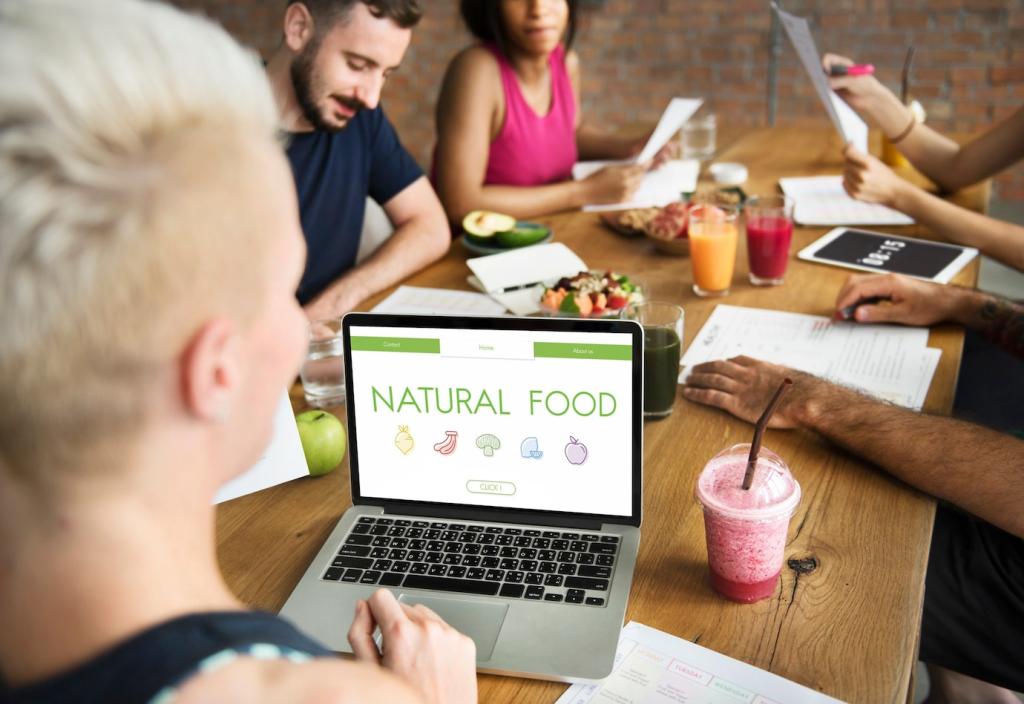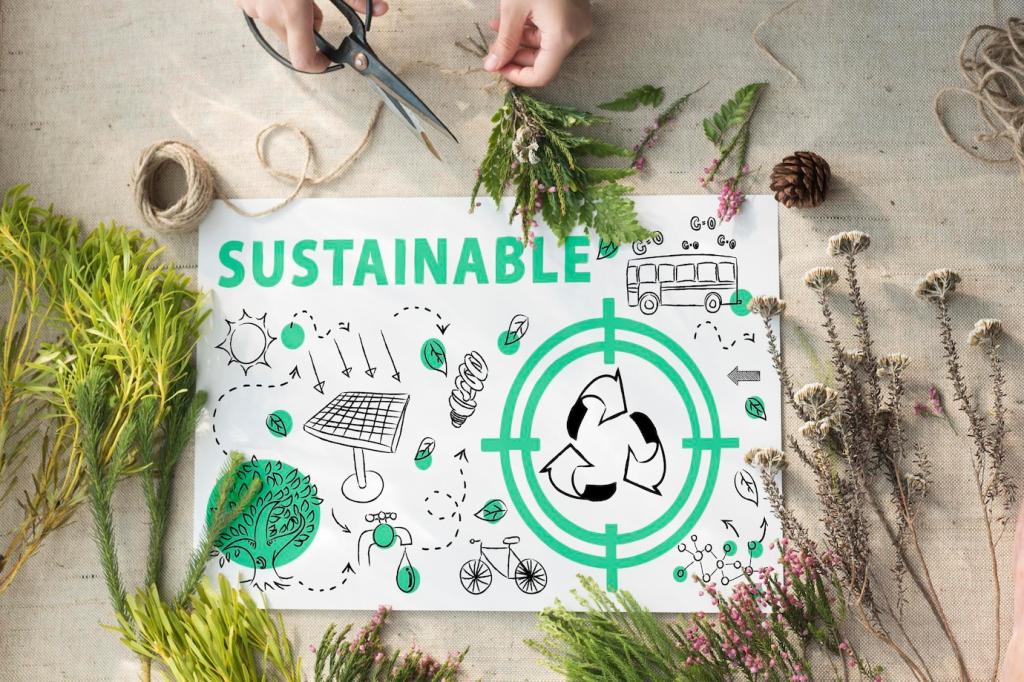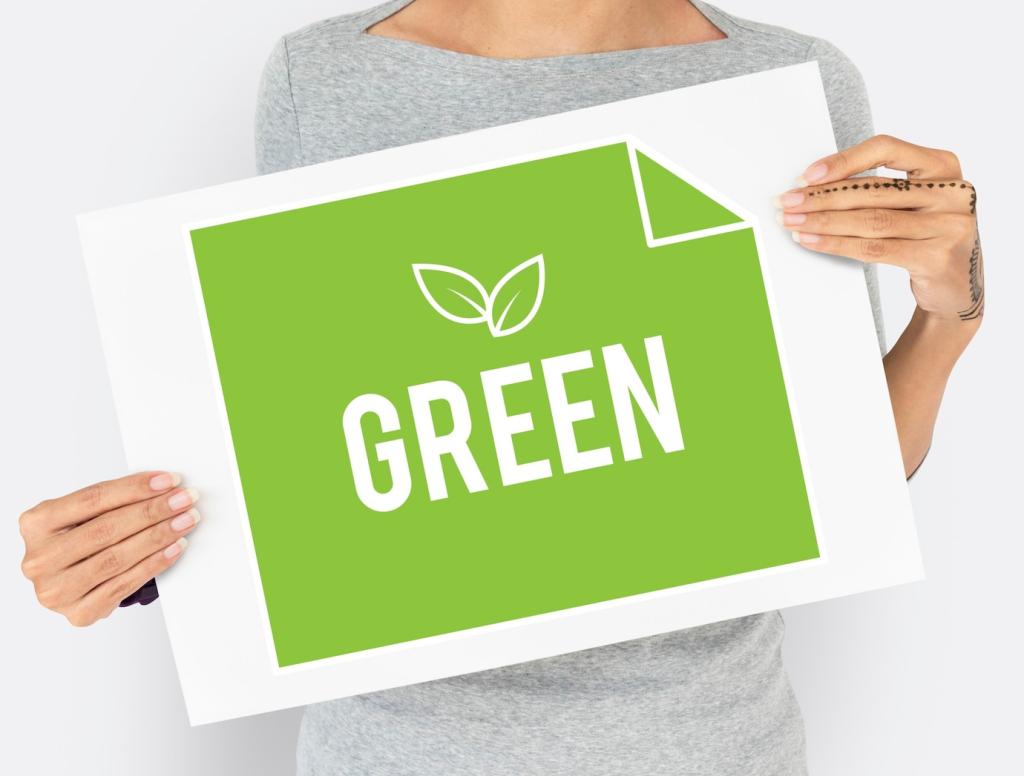Leveraging Emotional Appeals in Sustainability Copywriting
Chosen theme: Leveraging Emotional Appeals in Sustainability Copywriting. Let’s explore how feelings like empathy, pride, hope, and urgent care can transform abstract climate data into vivid, motivating stories. Join the conversation, share your experiences, and subscribe for more emotionally intelligent sustainability writing.

Empathy as a Catalyst for Action
Empathy bridges the gap between distant environmental issues and everyday choices. When readers imagine their neighbor’s flooded basement or a farmer’s exhausted soil, climate risk becomes personal, urgent, and actionable. Invite comments on moments that made sustainability feel real.
Identity, Belonging, and Pride
Messages aligned with community identity spark pride: homeowners who save water together, parents championing clean air, coworkers celebrating zero-waste milestones. Pride reframes sacrifice as contribution, making sustainable habits feel like badges of belonging worth sharing publicly.
Hope Outperforms Doom When Grounded in Reality
Hope motivates when it’s specific and credible. Pair honest challenges with progress data: emissions avoided, trees planted, dollars saved. Readers need to see how their actions matter today. Ask them to share small wins that fueled bigger commitments.
Crafting Narratives That Humanize Impact
The Power of a Single Protagonist
Center one person’s experience: a cafe owner swapping to refill stations, cutting waste and costs while earning loyal customers. Specific names, places, and quotes help readers mirror emotions and imagine their own next step. Invite readers to nominate local heroes.
Place-Based Imagery and Memory
Anchor impact in familiar places: a neighborhood creek cleared of plastic, a rooftop garden cooling summer evenings. Sensory detail—smell of rain, hum of pollinators—turns sustainability from abstraction into memory. Encourage readers to describe their most meaningful green places.
Before–After Arcs That Show Momentum
Narrative momentum matters: yesterday’s overflowing dumpsters, today’s composting ritual, tomorrow’s community market closing the loop. Show tension, turning points, and outcomes. Ask subscribers to share a personal before–after moment that shifted their outlook on waste or energy.
Ethical Guardrails for Emotional Appeals
Unbalanced fear can paralyze. Use urgency without catastrophizing. Always provide realistic paths forward, credible sources, and practical next steps. Invite readers to flag language that feels exploitative, helping us uphold ethical standards in every post and campaign.
Ethical Guardrails for Emotional Appeals
Back emotional claims with verifiable data, case studies, and clear assumptions. Cite independent audits, lifecycle assessments, or community feedback. When uncertainty exists, say so. Ask subscribers which proof formats—infographics, links, or summaries—they trust most and why.



Calibrating Urgency with Agency
Pair urgent timelines with tangible actions: switch to renewable plans in minutes, carry a refill bottle today, vote in upcoming council sessions. Urgency plus agency produces momentum, not anxiety. Share your favorite swift, specific sustainability actions below.

Collective Pride and Social Proof
Celebrate community milestones: buildings retrofitted, plastic-free months completed, pollinator corridors planted. Spotlight inclusive teamwork over individual heroics to build durable commitment. Invite readers to tag partners who made a recent success possible and deserve recognition.

Evidence-Anchored Hope
Cite credible progress: plummeting solar costs, improving battery densities, reforestation successes. Translate macro wins into local relevance. Ask subscribers which data points strengthened their optimism and which topics need clearer explanations in upcoming newsletters.
Language, Metaphor, and Sensory Detail
Swap jargon for movement: “seal drafts,” “swap bulbs,” “share rides,” “mend jeans.” Actionable verbs reduce friction and suggest immediacy. Comment with phrases you’ve tested that turned passive interest into real-world steps within your audience.

Language, Metaphor, and Sensory Detail
Use familiar metaphors: a budget for carbon, a thermostat for community emissions, a pantry for local resources. Everyday comparisons lower cognitive load. Ask readers to suggest metaphors from their work or home life that clarify complex sustainability concepts.
Designing Calls-to-Action That Convert Compassion
Match Emotion to the Next Step
After an empathy-rich story, offer a people-centered action like donating time or writing a thank-you note to volunteers. After pride, suggest sharing progress publicly. Tell us which CTAs your audience embraced immediately versus saved for later.
Reduce Friction, Increase Follow-Through
Place the CTA near the emotional peak, repeat it with slight variation, and minimize clicks. Offer options for different commitment levels. Share your best-performing CTA placements or examples that flopped, so we can learn together.
Social Proof Without Shaming
Highlight participation rates and testimonials carefully. Celebrate starters and improvers, not just perfectionists. Ask readers to contribute a one-sentence testimonial describing the moment they felt part of a larger, hopeful climate community.

Measuring Emotional Effectiveness
Track comment tone, story submissions, and audience quotes. Look for emotional language shifts: from anxiety to agency, from guilt to pride. Invite readers to complete a quick poll about how today’s theme influenced their motivation to act.
Measuring Emotional Effectiveness
Test hope versus urgency introductions, pride-centric headlines versus empathy leads, and different sensory hooks. Measure clicks, time-on-page, and completion of specific actions. Share your most surprising test result, and we’ll feature community insights in a future issue.


Join our mailing list
